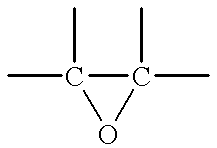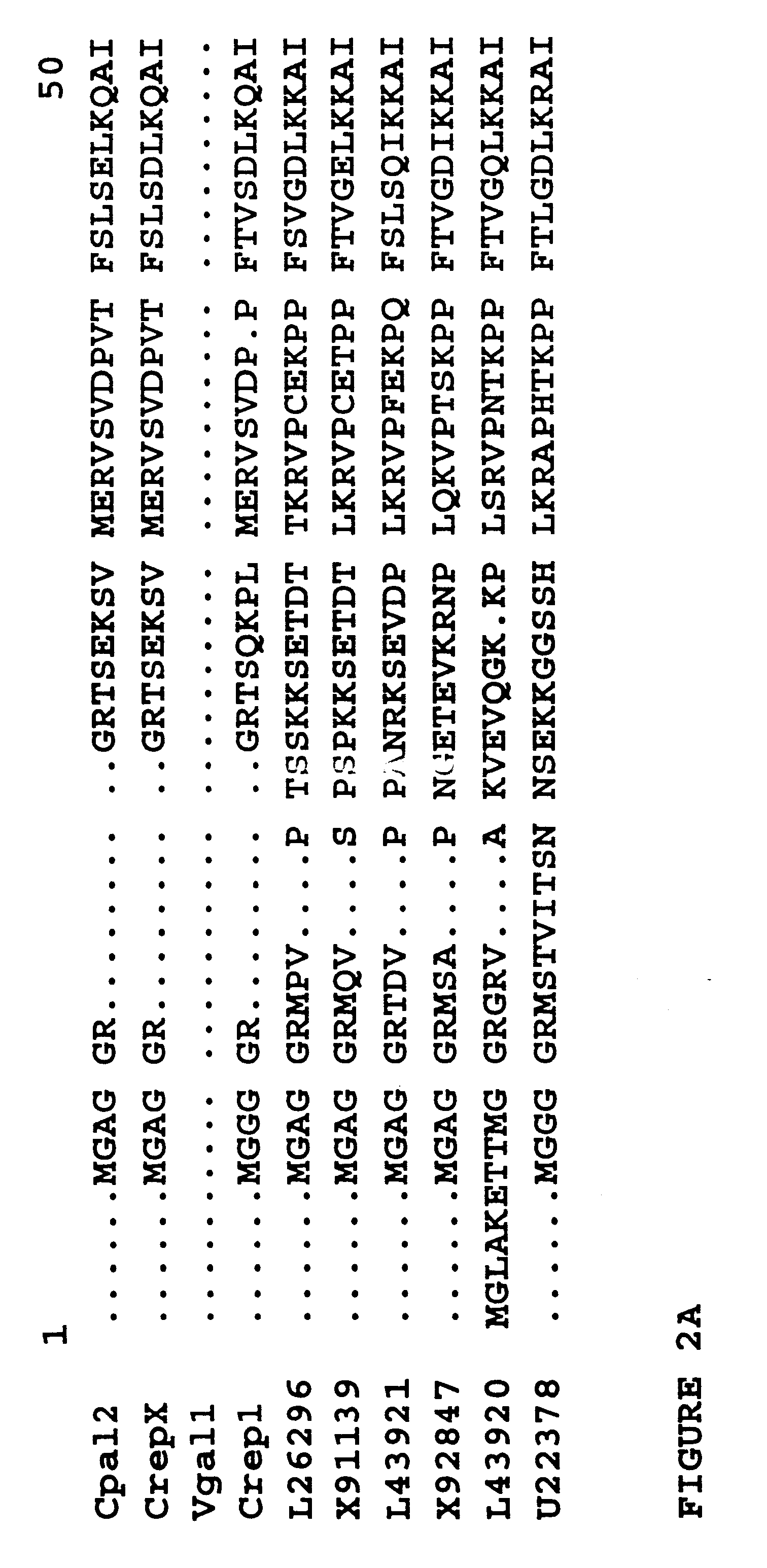Plant fatty acid epoxygenase genes and uses therefor
a technology gene, which is applied in the field of plant fatty acid epoxygenase genes and uses therefor, can solve the problems of limiting the commercial utility of traditional plant breeding and cultivation approaches, affecting the development of genetically engineered organisms which produce these fatty acids, and significant processing costs
- Summary
- Abstract
- Description
- Claims
- Application Information
AI Technical Summary
Problems solved by technology
Method used
Image
Examples
example 2
Biochemical Characterization of Linoleate .DELTA.12-epoxygenases in Euphorbia lagascae and Crepis palaestrina
The enzyme, linoleate .DELTA.12-epoxygenase synthesizes vernolic acid from linoleic acid. Linoleate .DELTA.12-epoxygenases derived from Euphorbia lagascae and Crepis palaestrina are ocalized in the microsomes. The enzymes from these species at least can remain active in embrane (microsomal) fractions prepared from developing seeds.
Preparations of membranes from Euphorbia lagascae and assays of their epoxygenase activities were performed as described by Bafor et al. (1993) with incubations containing NADPH, unless otherwise indicated in Table 4. Lipid extraction, separation and methylation as well as GLC and radio-GLC separations were performed essentially as described by Kohn et al. (1994) and Bafor et al. (1993).
Preparations of membranes from Crepis alpina and Crepis palaestrina were obtained as follows. Crepis alpina and Crepis palaestrina plants were grown in green houses ...
example 3
Strategy for Cloning Crepis palaestrina Epoxygenase Genes
Cloning of the Crepis palaestrina epoxygenase genes relied on the characteristics of the C. palaestina and C. alpina enzymes described in the preceding Examples.
In particular, poly (A)+ RNA was isolated from developing seeds of Crepis palaestina using a QuickPrep Micro mRNA purification kit (Pharmacia Biotechnology) and used to synthesise an oligosaccharide d(T)-primed double stranded cDNA. The double stranded cDNA was ligated to EcoRI / NotI adaptors (Pharmacia Biotechnology) and a cDNA library was constructed using the ZAP-cDNA Gigapack cloning kit (Stratagene).
Single-stranded cDNA was prepared from RNA derived from the developing seeds of Crepis alpina, using standard procedures. A PCR fragment, designated as D12V (SEQ ID NO:7), was obtained by amplifying the single-stranded cDNA using primers derived from the deduced amino acid sequences of plant mixed-function monooxygenases.
The D12V fragment was subsequently random-labelle...
example 4
Strategy for Cloning Euphorbia lagascae Epoxygenase Genes
Cloning of the Euphorbia lagascae epoxygenase genes relied on the characteristics of the E. lagascae enzymes as described in the preceding Examples.
In one approach taken to clone Euphorbia lagascae epoxygenase genes, RNA was collected from immature embryos of Euphorbia lagascae taken at a stage of active vernolic acid synthesis and used to construct a cDNA library. The cDNA library was constructed in the Lambda Zap II vector (Stratagene) as described in the preceding Example, with the exception that the cDNA inserts were cloned in a directional manner into EcoRI-XhoI sites of the plasmid vector embedded in the lambda vector.
The degenerate PCR primer set forth in FIG. 4 (SEQ ID NO:18)was synthesised and used to amplify nucleotide sequences which encode P450 enzyme sequences from the Euphorbia lagascae cDNA library. For PCR amplification reactions, an aliquot 100 .mu.l of the cDNA library was extracted with phenol:chloroform [1:...
PUM
| Property | Measurement | Unit |
|---|---|---|
| temperature | aaaaa | aaaaa |
| temperature | aaaaa | aaaaa |
| temperature | aaaaa | aaaaa |
Abstract
Description
Claims
Application Information
 Login to View More
Login to View More - R&D
- Intellectual Property
- Life Sciences
- Materials
- Tech Scout
- Unparalleled Data Quality
- Higher Quality Content
- 60% Fewer Hallucinations
Browse by: Latest US Patents, China's latest patents, Technical Efficacy Thesaurus, Application Domain, Technology Topic, Popular Technical Reports.
© 2025 PatSnap. All rights reserved.Legal|Privacy policy|Modern Slavery Act Transparency Statement|Sitemap|About US| Contact US: help@patsnap.com



